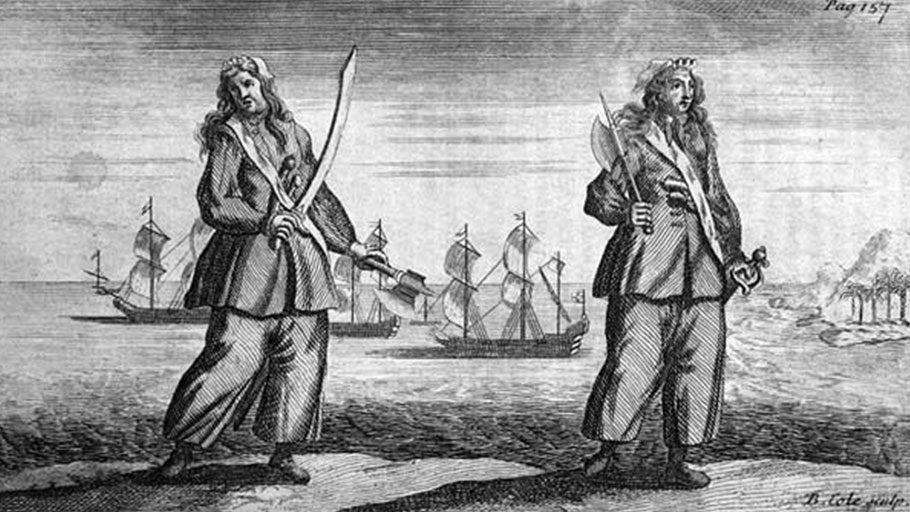
“The modern capitalist world would not exist without colonialism and the drain,” says Indian economist Utsa Patnaik By Sean Bell, Common Space — BRITAIN impoverished India over the course of its…

“The modern capitalist world would not exist without colonialism and the drain,” says Indian economist Utsa Patnaik By Sean Bell, Common Space — BRITAIN impoverished India over the course of its…

Historian Marcus Rediker spoke to Ken Olende about the struggles that took place aboard the ships of early capitalism. By The Socialist Worker — The first strike wasn’t in a factory or an office. It wasn’t even on land. US historian Marcus Rediker explains how sailors in England fought against a wage cut in 1768. “They went from ship to ship and took down the sails. That’s called striking the sails….

By Antony Hamilton — People across the political spectrum acknowledge that racism exists, but its origins are shrouded in mystery—deliberately so. Racism is presented as if it has always existed, and…

By “dangling the carrot” to improve worker productivity, businesses are taking a page from slavery’s playbook. By Caitlin C. Rosenthal, Boston Review — In 1911 a congressional special committee convened…

By Dan Berger, Public Books — I once asked a class at a prison in Washington State how they would describe the relationship between capitalism and incarceration. “They get you coming…

Centuries before two Black men were arrested at a Philadelphia Starbucks, capitalists met at coffee shops to profit from the transatlantic slave trade. By Tasha Williams, Yes Magazine — An 18th-century ad tells us that a dozen or so men, women, and children of African heritage were scheduled for buyer’s inspection one Saturday, just outside the entrance of the London Coffee House in Philadelphia. The Stamp Act protests and other famous anti-British…

By W. T. Whitney Jr., ML Today — The Civil War ended and Edward A. Pollard “of Virginia” immediately wrote a history of Confederate military operations. (1) There he insists…

By Chris Hedges, Truthdig.com — Chris Hedges gave this talk Friday at the Left Forum in New York City. W.E.B. Du Bois, more than any intellectual this nation produced in the first half of the 20th century, explained America to itself. He did this not only through what he called the “color line” but by exposing the intertwining of empire, capitalism and white supremacy. He deftly fused academic disciplines. He possessed unwavering…

By Mark Karlin, Truthout — By detailing the growth of the slave trade in the 17th century, Gerald Horne reveals how white supremacy, capitalism and the original sin of slavery in the Western Hemisphere became intertwined. Current politics are so chaotic, staggering and fast-paced that we rarely hear of how we arrived at this moment of the resurgence of white supremacy in historical context. However, Professor Gerald Horne, author of The…

What is euphemistically referred to as “modernity” is marked with the indelible stain of what might be termed the Three Horsemen of the Apocalypse: Slavery, White Supremacy, and Capitalism, with the bloody process of human bondage as the driving and animating force of this abject horror. By Gerald Horne — The years between 1603 and 1714 were perhaps the most decisive in English history. At the onset of the seventeenth…

By Barbara Ransby and Aislinn Pulley — April 4 marked the historic 50th anniversary since Dr. Martin Luther King Jr. was assassinated. At this time, it is vital to highlight the fact that King understood the depth of state violence, noting the violent effects of government policy in many spheres. As King said a year before his death, “I could never again raise my voice against the violence of the…

Slavery did not die because it was unproductive or unprofitable, as some earlier historians have argued. Slavery was not some feudal remnant on the way to extinction. By Sven Beckert — By 1830, one million Americans, most of them enslaved, grew cotton. Raw cotton was the most important export of the United States, at the center of America’s financial flows and emerging modern business practices, and at the core of…